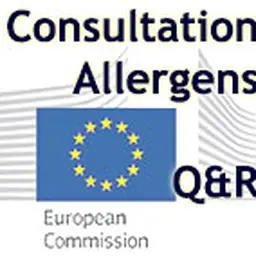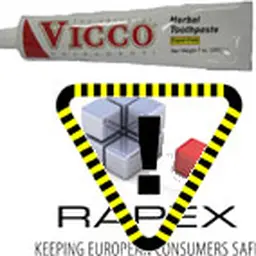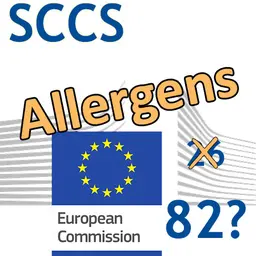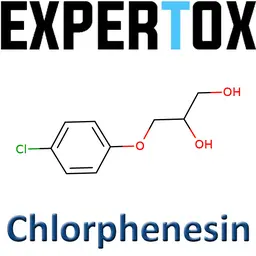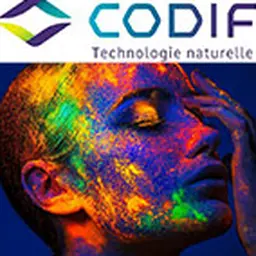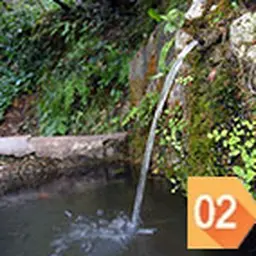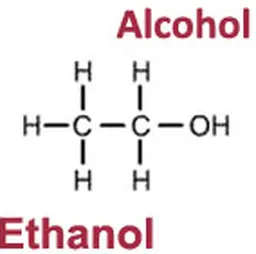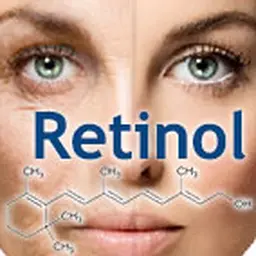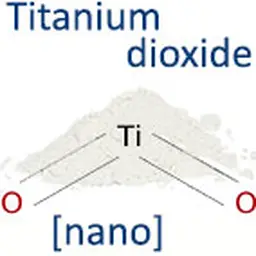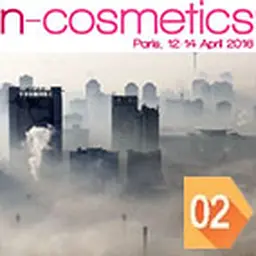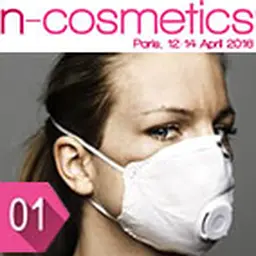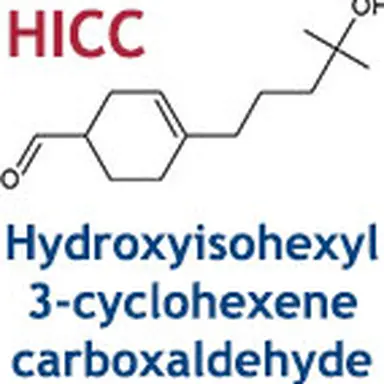
We know it by various names, including Lyral®, but on cosmetics labels it is officially listed as Hydroxyisohexyl 3-cyclohexene carboxaldehyde. Deemed too allergenic by scientific experts, it is on the verge of being banned for use in cosmetic products in Europe. Yet we still see it frequently in formulas, and this could be the case for several years to come!
Hydroxyisohexyl 3-cyclohexene carboxaldehyde (HICC) is a synthetic substance composed of two molecules: 4-(4-Hydroxy-4-methylpentyl)cyclohex-3-enecarbaldehyde and 3-(4-Hydroxy-4-Methylpentyl)cyclohex-3-enecarbaldehyde. These two isomers are present in the final fragrance at concentrations of 50 to 70% for the first, and 30 to 50% for the second.
The best-known commercial name is Lyral®, but there are others: Kovanol®, Landolal®, Mugonal®, Cyclohexal®, HydroxyEmpetal®, Leerall®, Lydoucal®, etc.
It is a colourless, viscous liquid with a soft, delicate, floral aroma reminiscent of lily of the valley.
This is why it is a popular ingredient not only in fine fragrances (the leading perfumes contain it), but also in all categories of cosmetic products (deodorants, skincare and hygiene products, shaving and aftershave products, etc.) as well as in household products (detergents, cleaning products, etc.).
It is found in just about every scented cosmetic product with the exception of certified organic products and those with the European eco-label, since it is a synthetic substance and therefore banned by the specifications for organic and ecologically certified products.
A known allergen, yet an unfamiliar one
Like many fragrance ingredients, HICC has an allergenic potential that is well known to the scientific community. As a result of the 7th amendment to Cosmetics Directive 76/768, since 2003 …



